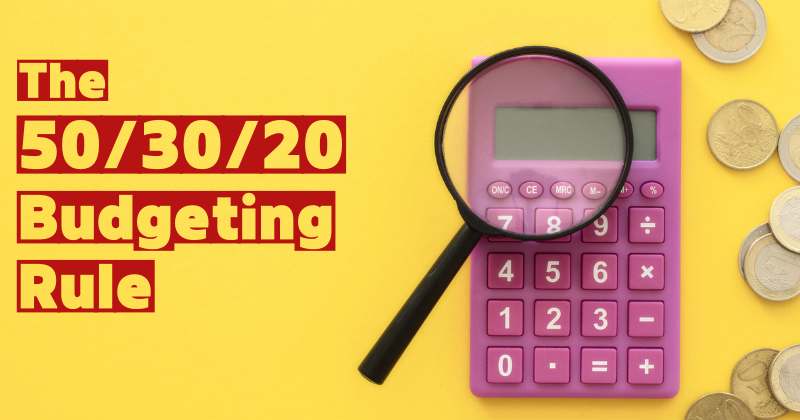Managing your finances can be overwhelming, especially if you’re not sure where to start. However, creating a budget is an essential part of achieving financial success and reducing stress. The 50/30/20 rule is a simple budgeting framework that can help you get started and achieve your financial goals. In this article, we’ll explore the basics of the 50-30-20 rule, how to apply it to your budget, and why it’s an effective strategy for financial success.
What is the 50/30/20 rule?
The 50/30/20 rule is a budgeting framework that divides your income into three categories:
- 50% for essentials: This includes things like rent, utilities, groceries, and transportation costs.
- 30% for non-essentials: This includes things like dining out, entertainment, and hobbies.
- 20% for savings and debt repayment: This includes things like emergency savings, retirement savings, and paying off debt.

By allocating your income in this way, you can ensure that you’re covering your basic needs while also allowing for discretionary spending and saving for the future.
How to apply the 50/30/20 rule to your budget
To apply the 50/30/20 rule to your budget, you’ll need to follow these steps:
- Calculate your after-tax income: This is the amount of money you have left over after taxes are taken out of your paycheck.
- Determine your essential expenses: Calculate your necessary expenses, such as rent or mortgage, utilities, groceries, and transportation costs.
- Determine your non-essential expenses: Calculate your discretionary expenses, such as dining out, entertainment, and hobbies.
- Determine your savings and debt repayment: Calculate how much money you need to save each month for emergencies, retirement, and other long-term goals. Also, calculate how much you need to put towards debt repayment each month.
- Adjust your budget: Adjust your budget as needed to ensure that you’re allocating your income according to the 50-30-20 rule.
Why the 50-30-20 rule is an effective strategy for financial success
The 50/30/20 rule is an effective strategy for financial success for several reasons:
- It’s simple: The 50-30-20 rule is easy to understand and apply to your budget, making it an accessible strategy for everyone.
- It’s flexible: The 50/30/20 rule allows for discretionary spending while still prioritizing essential expenses and savings.
- It promotes balance: The 50-30-20 rule promotes balance between your immediate needs and long-term financial goals.
- It reduces stress: By allocating your income according to the 50-30-20 rule, you can reduce financial stress and achieve greater peace of mind.

Tips for implementing the 50/30/20 rule
To make the most of the 50/30/20 rule, consider these tips:
- Be realistic about your expenses: When calculating your essential and non-essential expenses, be realistic about what you can afford.
- Automate your savings: To ensure that you’re consistently saving, consider automating your savings contributions.
- Adjust your budget as needed: Your financial situation and goals may change over time, so it’s important to adjust your budget as needed.
- Be disciplined: Stick to your budget and resist the urge to overspend on non-essential items.
Also Read: Unlock Your Financial Success: Realistic Budgeting and Sticking to It Made Easy!
The 50/30/20 rule is a simple and effective budgeting framework that can help you achieve financial success and reduce stress. By allocating your income according to the 50-30-20 rule, you can ensure that you’re covering your essential expenses while also allowing for discretionary spending and saving for the future. This strategy promotes balance, reduces stress, and is accessible to everyone. By following the tips outlined in this article, you can make the most of the 50/30/20 rule and achieve your financial goals with ease. Start implementing this framework today and take control of your finances for a brighter financial future.


